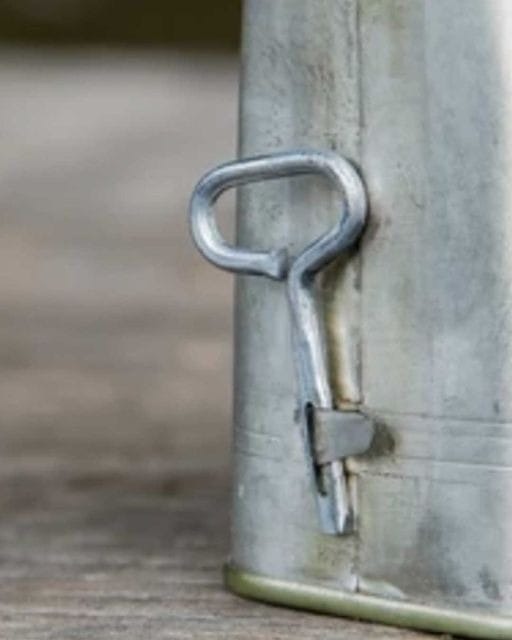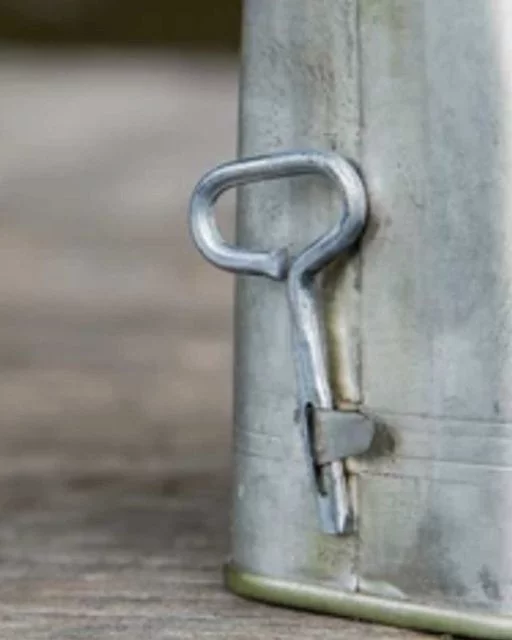In today’s fast-paced world of high-tech kitchen gadgets, we often overlook the humble beginnings of simple tools. Take, for instance, the act of opening a can. Nowadays, it’s as easy as pushing a button. But, in the past, it required a skillful touch with a can opener key. Let’s journey back in time to unravel the story of this remarkable tool – how it emerged, gained popularity, and then slowly faded away.

Back in the late 1800s, when canned food started gaining popularity, people needed a straightforward method to open these metallic containers. Enter the can opener key – a groundbreaking invention that revolutionized how we accessed canned goods. Unlike the electric openers of today, the can opener key was a manual device. It demanded skill and patience. Armed with a sharp blade and a handle, users would delicately pierce the lid of the can and slowly maneuver the key to cut through the metal. This safer and more efficient approach made canned food accessible, even in the most remote locations.

For many, the can opener key conjures up nostalgic memories of a slower time. It transports us back to a simpler era where opening a can was an occasion in itself. It reminds us of a time marked by resourcefulness and self-sufficiency – a stark contrast to our current throwaway culture.
However, as the mid-1900s rolled around, the can opener key began to lose ground to more advanced alternatives. Electric and handheld rotary can openers emerged, offering a quicker and easier way to access our beloved canned goods. Consequently, the can opener key gradually vanished from kitchen drawers.
Though uncommon in modern kitchens, the can opener key remains a cherished relic of the past for collectors and enthusiasts alike. It serves as a testament to the ingenuity of our ancestors – a reminder of their ability to make canned food accessible to all.

